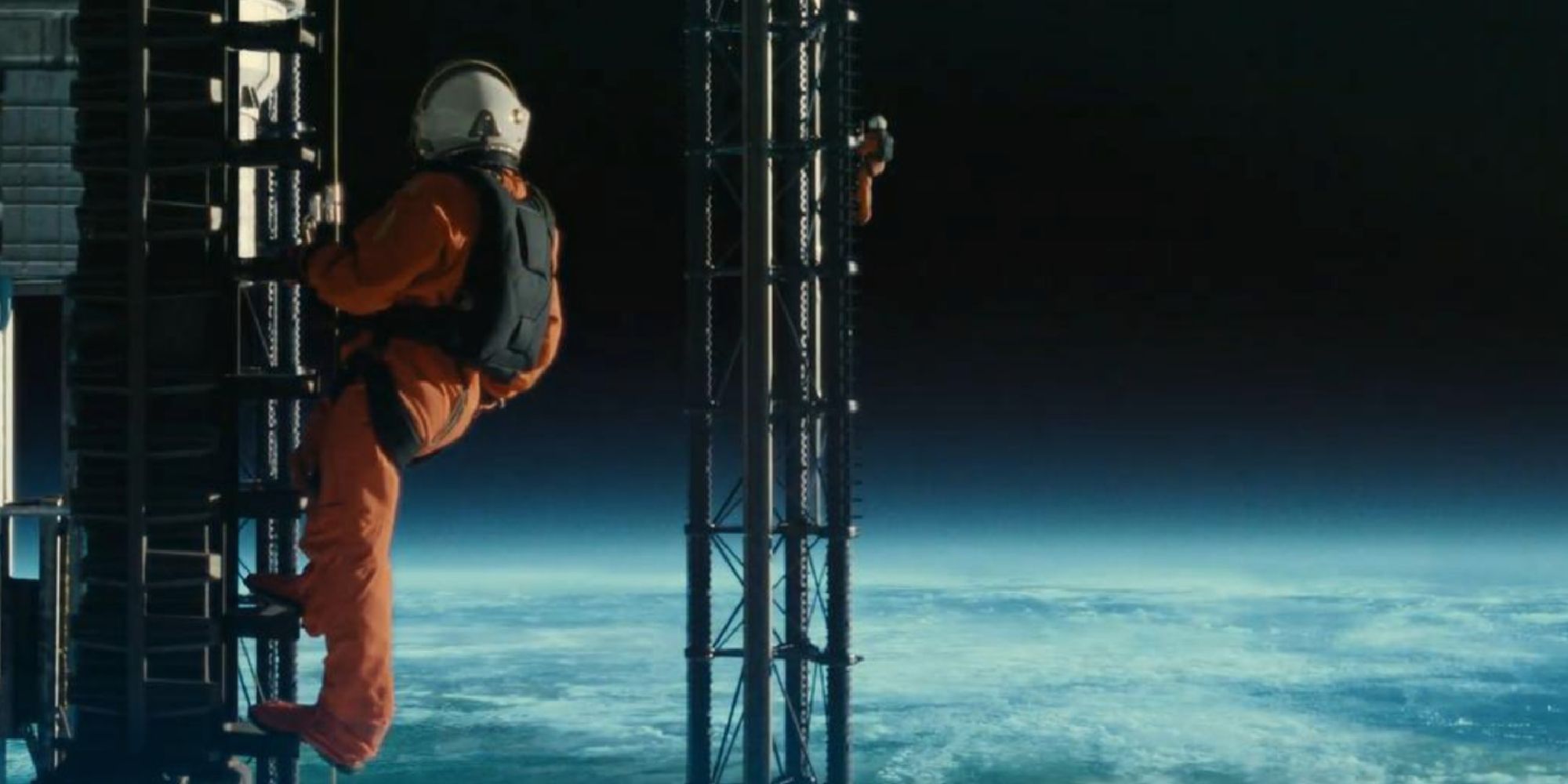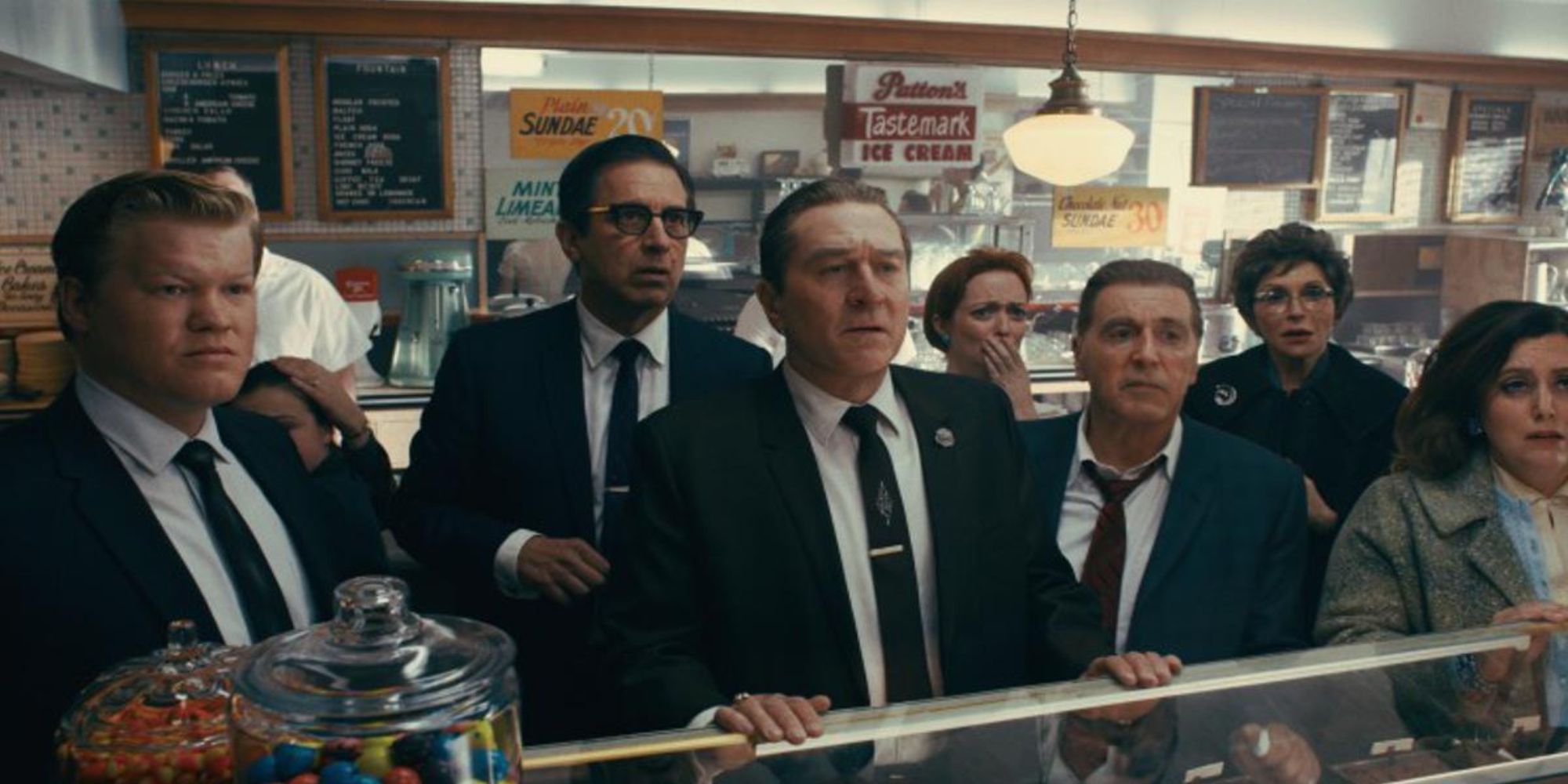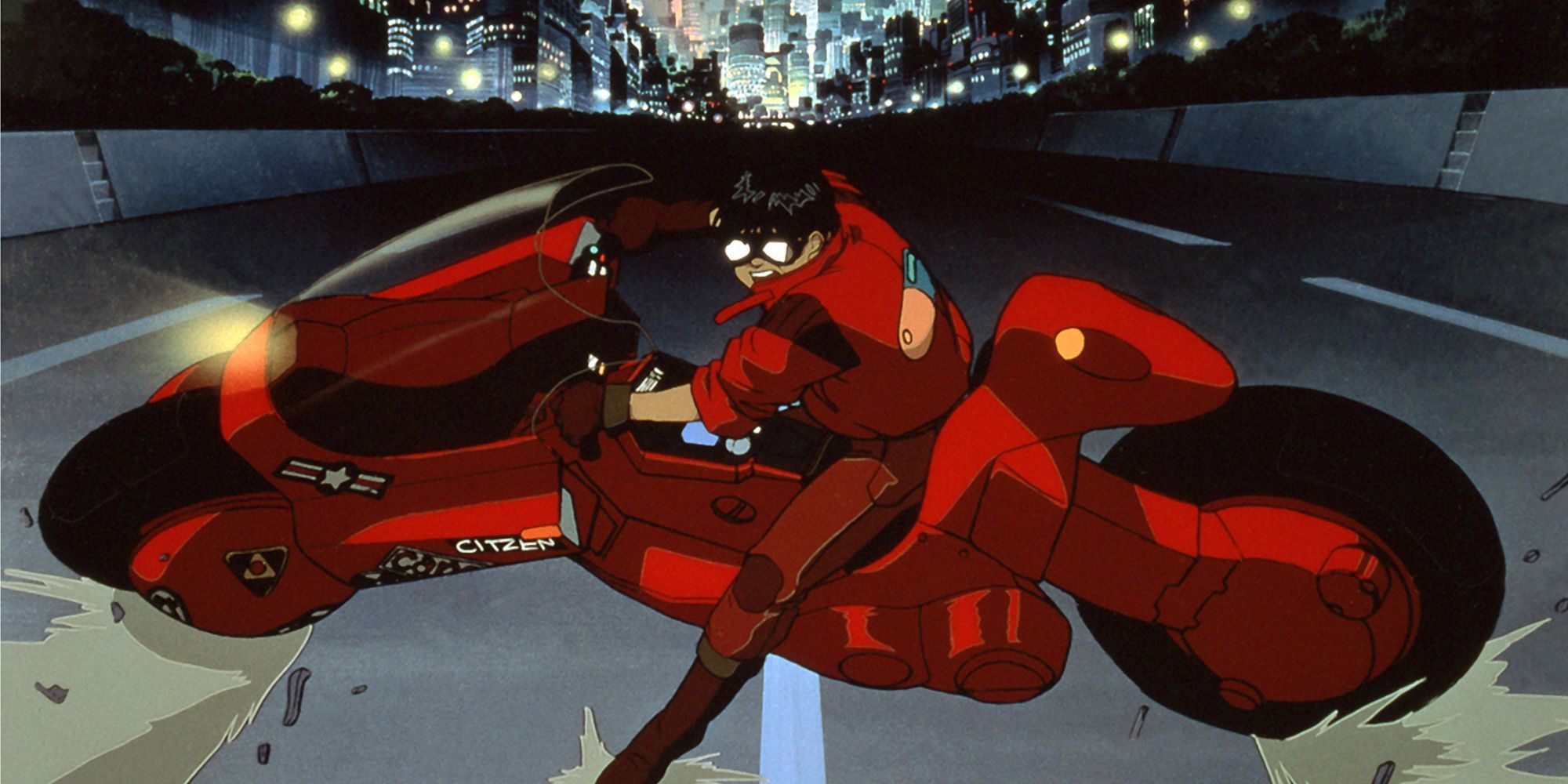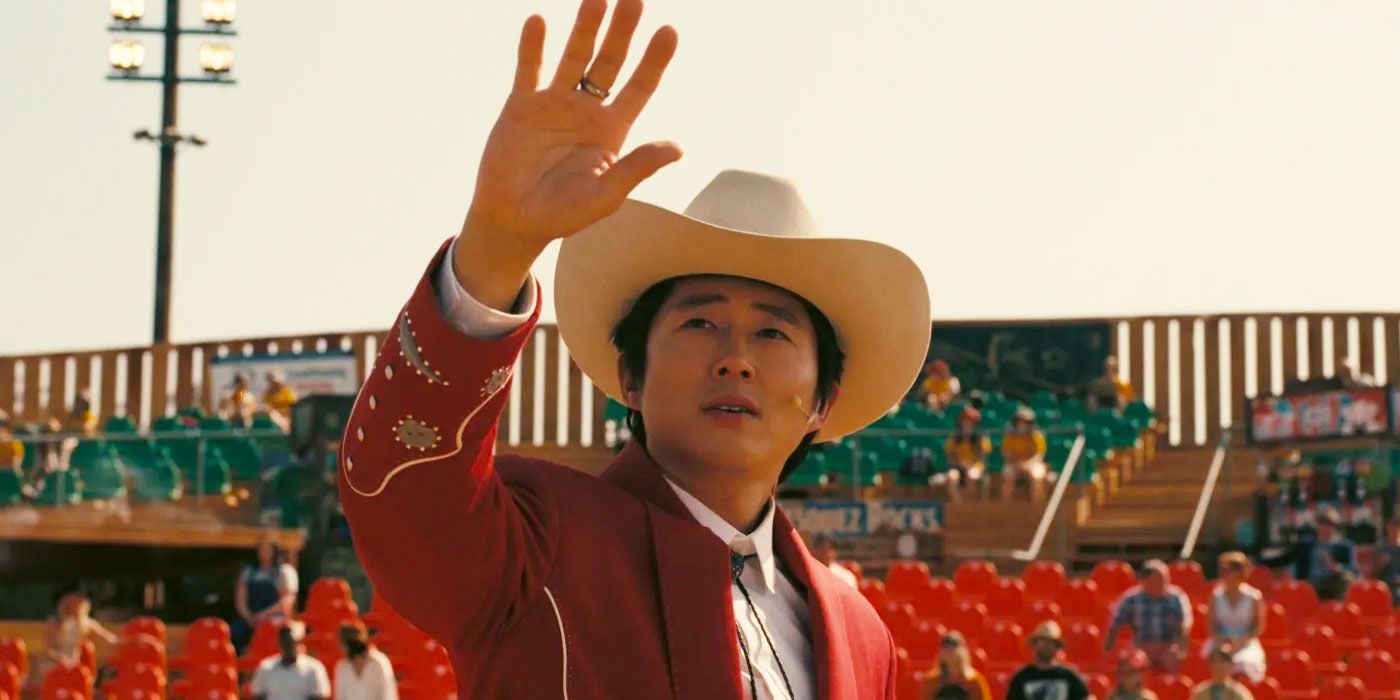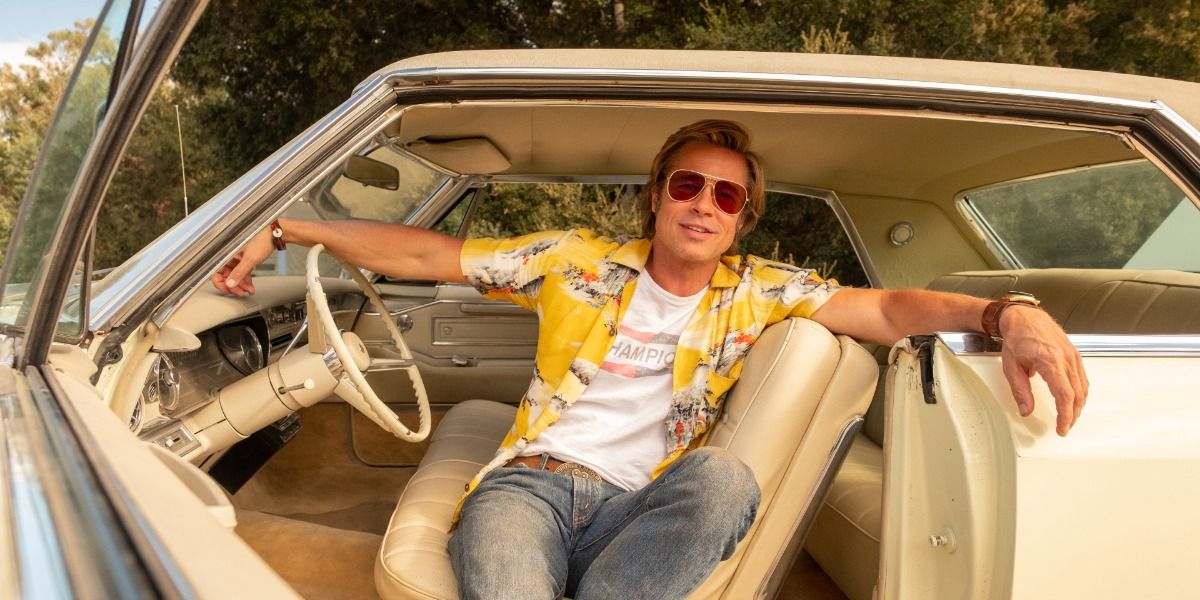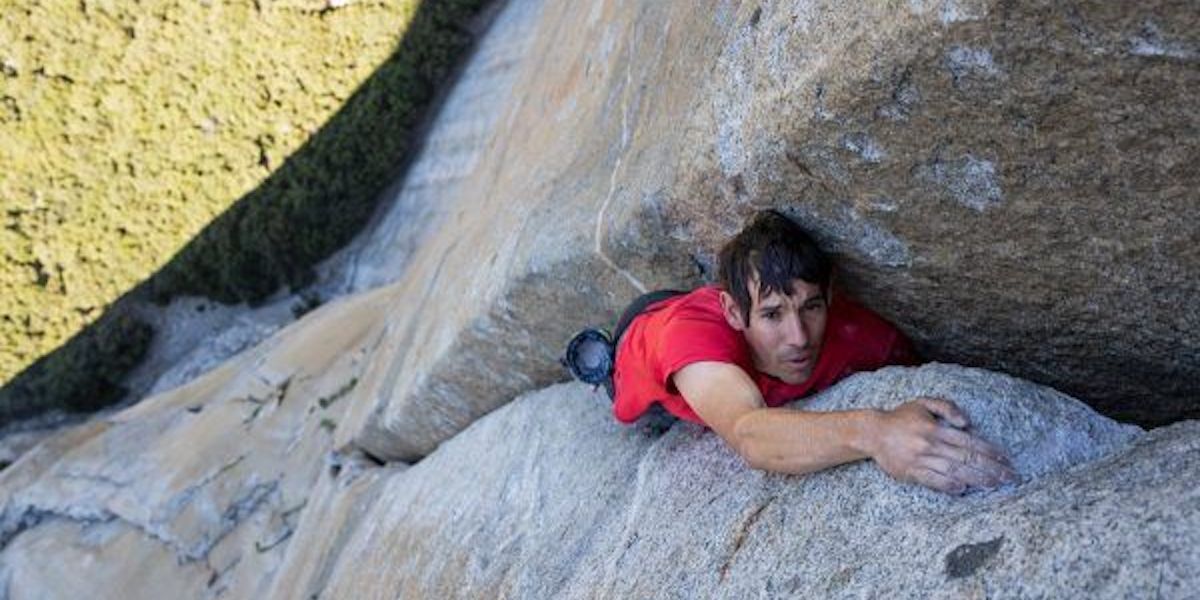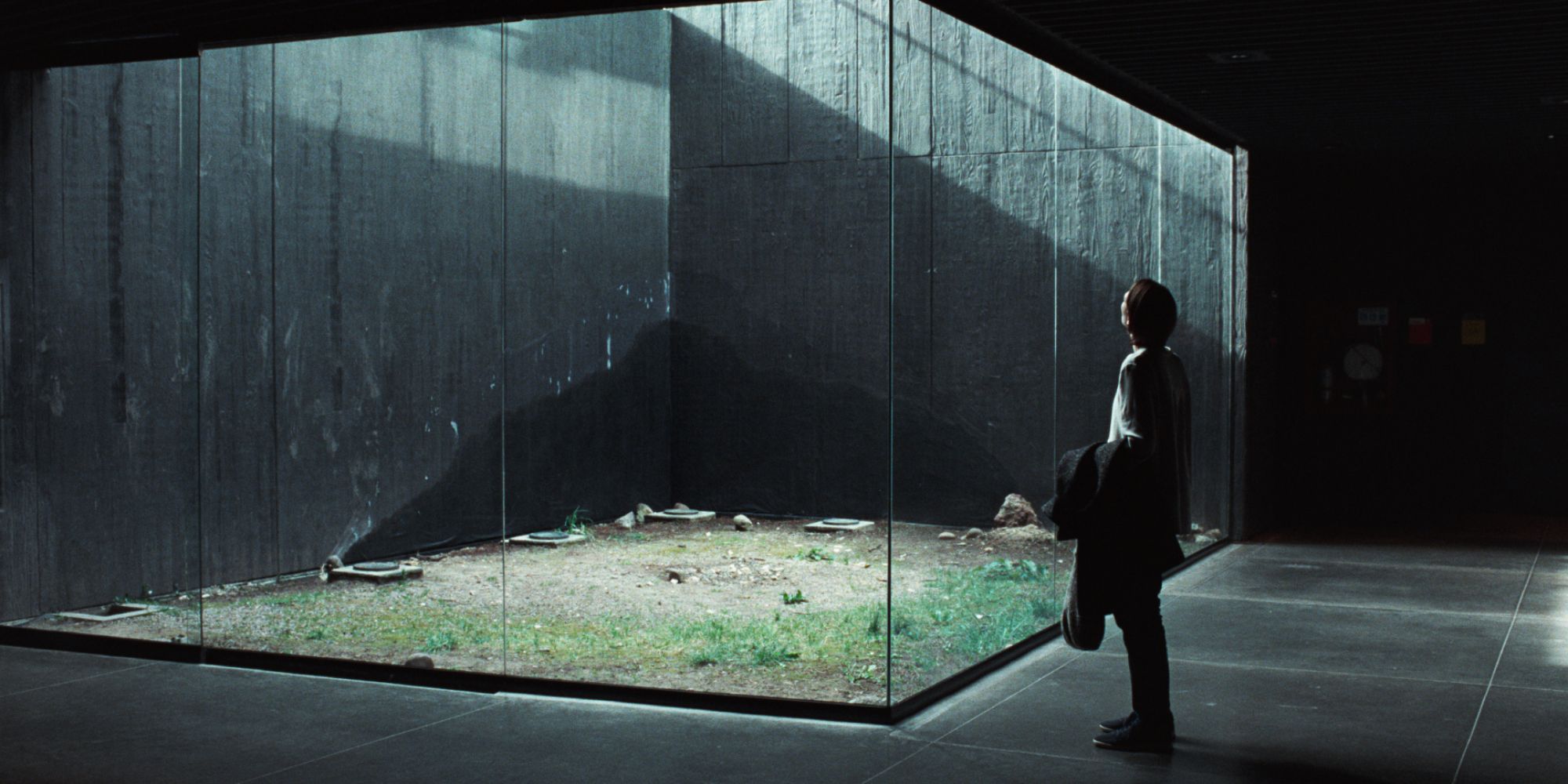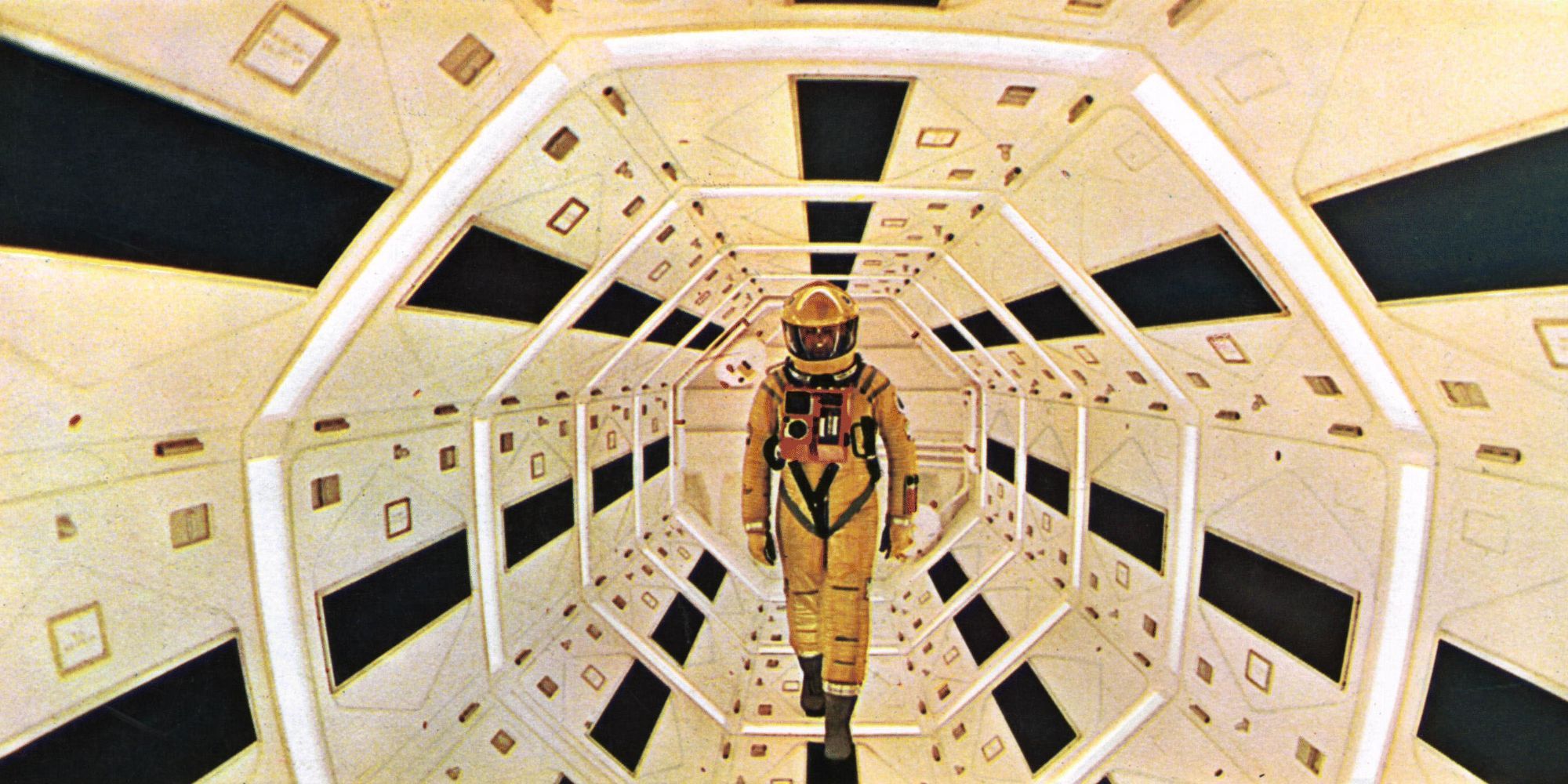It would be a terrible thing for cinemas to die out. Once they were the only way to watch movies, but now, they're "merely" the best way to watch movies. But while there may be other inferior options - like TVs, laptops, phones etc. - those options may be more convenient to many. As a result, they pose a threat to the cinema's future, as does the fact that not everyone has a local cinema to visit.
There are plenty of films that can be fully appreciated from the comfort of one's home, of course, and even those films that perhaps "should" be watched in a cinema can technically be watched elsewhere. However, there are certain films where you might miss something if you don't see them on the big screen and with cinema-quality sound. Be it their special effects, scale, beauty, or pacing, the following ten films are among those that ought to be experienced in a cinema over anywhere else.
'Avatar' (2009)
Avatar was the biggest film of 2009 and among the biggest of all time. If you were old enough back when it came out, you've already seen it in a cinema. Audiences ate up James Cameron's visually stunning movie about a wheelchair-bound man who befriends (and fights for) a group of aliens on the moon, Pandora.
Thanks to the quality and quantity of the effects, as well as the groundbreaking 3D, Avatar is a must-watch on the big screen. Indeed, it's been removed from streaming services ahead of its theatrical re-release, which itself is ahead of Avatar 2's release. While it would be nice to give viewers the option of streaming, given it's a thirteen-year-old movie, those who do see it in theaters again will at least be experiencing the film to its fullest.
'Lawrence of Arabia' (1962)
Lawrence of Arabia is one of the biggest films belonging to the biggest of film genres: the epic. As far as classic Hollywood epics go, this one has to be one of the best. It is a fantastic blend of historical drama, war, and adventure, containing four hours of absolutely stunning visuals.
The look of the film would have to be the main reason it's worthy of the big screen, even with its age. The colors are so bold and the images so rich with detail that watching it even on a nice TV is a disservice. It's harder to find cinemas that screen older movies, but if you ever have the chance to see Lawrence of Arabia on the big screen, the opportunity should be jumped on without hesitation.
'Ad Astra' (2019)
Ad Astra is a visually stunning, slow-burn space adventure film. It's considerably darker and a little more offbeat than you might expect from the genre, with its story about an astronaut investigating a failed expedition into space ending up surprisingly psychological and uncomfortable in parts.
But regardless of how one feels about the story, the unusual pacing, or the myriad of difficult themes, it can't be denied that it's beautiful to look at. Space has hardly ever looked so eerie and gorgeous all at once, and it's an adventure that's at its most immersive and hypnotic when seen in a cinema.
'The Irishman' (2019)
Among the ten highest-rated Martin Scorsese films according to Rotten Tomatoes, The Irishman is the filmmaker's longest and most ambitious gangster film. It explores aging, regret, and betrayal, all through its story - loosely based on real events - about a hitman's involvement in the disappearance of Jimmy Hoffa, a larger-than-life union leader with as many friends as he had enemies.
The Irishman's a great-looking movie, sure, but the best reason to watch it at the movies is because of how it's paced and presented. It's a long and exhausting movie, but that's what makes its themes hit harder. When it's watched in a cinema, there's no opportunity to pause or get any kind of relief from the slowly-paced, eventually devastating story. To have to focus on the film and take it as a whole makes it all the more powerful.
'Akira' (1988)
One of the best-looking and sounding animated films of all time, Akira is an all-out assault on the senses in the best way possible. The presentation ensured its place in pop culture as one of the best anime films ever. Still, its story about a teenager who threatens to destroy a futuristic Tokyo after accidentally gaining psychic powers is memorable, too.
But the real stars of the show? That distinctive music and those gorgeously-realized visuals. To hear the booming sound and see the colors and hand-drawn detail on as big a screen as possible is awe-inspiring, making Akira one of those older films that must be seen at a cinema.
'Nope' (2022)
Jordan Peele's first two films - Get Out and Us - were both cinematic, and looked good on a big screen, perhaps without demanding one. But Nope is his biggest and most visually impressive looking film yet, partly thanks to an increased budget, and is one of the most spectacular science-fiction films of the past few years.
Its mysterious story about a strange, possibly extra-terrestrial phenomenon (the less said the better) is told through an amazing-looking movie, with great use of color and lighting and an unbelievably exciting final act that plays out with perfect special effects. Its use of sound also needs a good sound system to be properly appreciated; the scares and tension would be far less effective without one.
'Once Upon a Time in Hollywood' (2019)
Quentin Tarantino presents 1969 Los Angeles with stunning detail in Once Upon a Time in Hollywood. Only a big screen can let viewers soak it all up properly, and the film's relaxed pace means it's best watched in a dark, quiet room, free from external distractions.
On top of that, Once Upon a Time in Hollywood contains a hilarious yet shocking climax that will likely provoke a reaction from viewers. To watch it without an audience reacting together would take away from the impact of that ending, providing another reason it demands a cinema.
'Free Solo' (2018)
Free Solo may be a documentary, but it's just as worthy of the big screen as any other feature film. It follows rock climber Alex Honnold as he attempts a vertical rock formation of about 3000 feet... without any ropes, harnesses, or protective equipment.
The daring task is captured in unflinching detail, and the footage of the task itself is stomach-churning and nerve-wracking, as well as not recommended for those with a fear of heights. Those without an intense fear of heights, though? There's no better way to appreciate the intense danger Honnold places himself in than on the big screen.
'Memoria' (2021)
Memoria was one of the best films from 2021 and didn't get enough love. It stars Tilda Swinton as a woman who hears strange, unexplainable noises, and so she sets out to uncover their source, taking the audience with her on a slow-paced, meditative, and profound journey.
For that journey to be most effective, a cinema viewing is needed. It's a film that demands your attention, even when it seems nothing is happening. Any sort of distraction (looking at you, mobile phone!) would damage the immersion needed for a film like Memoria. Additionally, its distinctive visuals and sounds are certainly done justice by a cinema viewing.
'2001: A Space Odyssey' (1968)
One of Stanley Kubrick's masterpieces, 2001: A Space Odyssey remains among the most ambitious and stunning science-fiction films. Across 2.5 hours, Kubrick explores humanity's past, its possible near future, and the impossibilities of predicting its inevitable destiny, all in stunning, awe-inspiring detail.
It's also a film that loses its impact when watched from home. Without a big screen and huge speakers to immerse viewers within the film, its exceptional effects and haunting sense of scale diminish. It's also less challenging to watch in a cinema than elsewhere, given how getting the maximum impact of the film's technical qualities means you notice the story's slow pace far less.

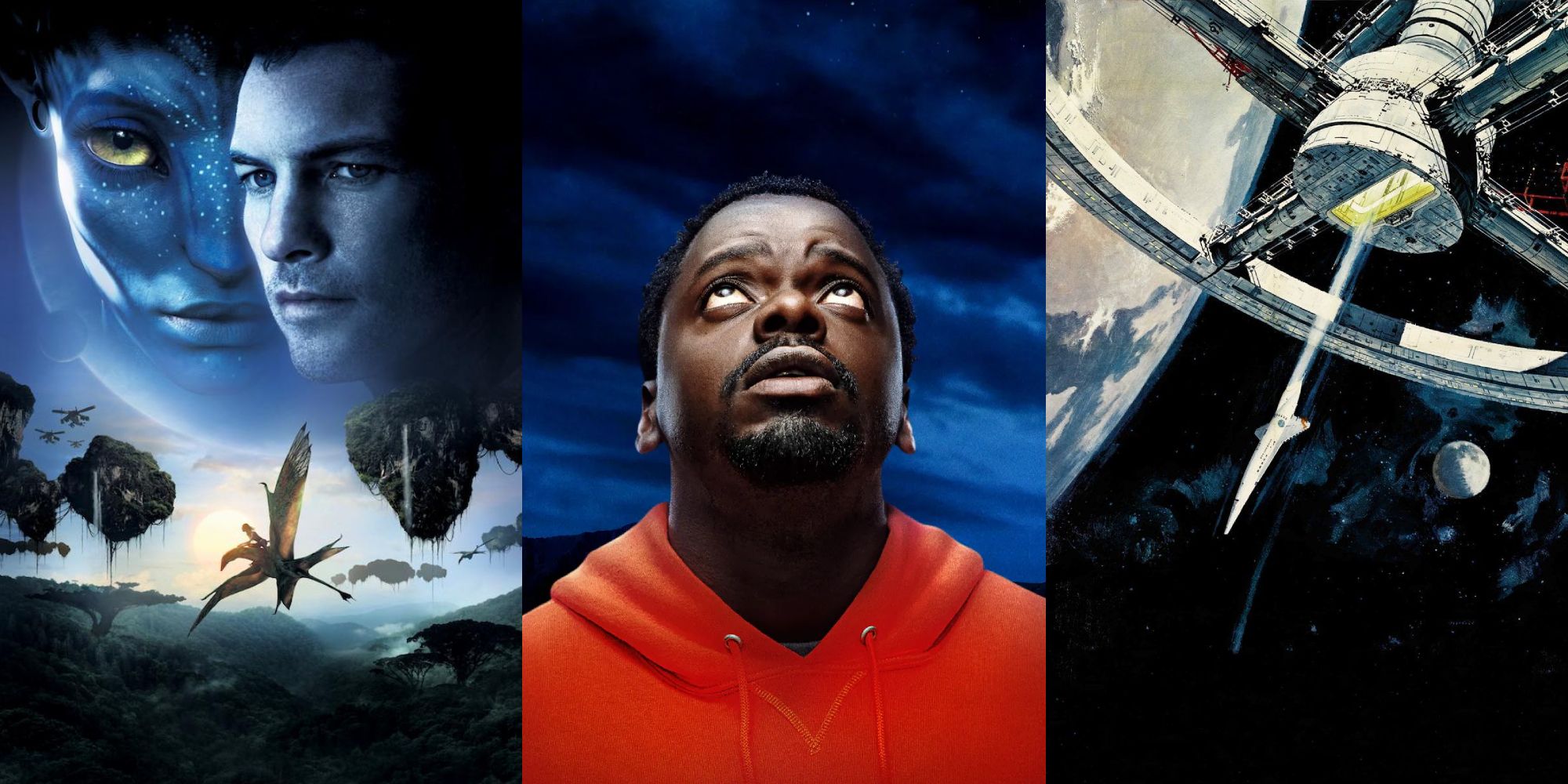
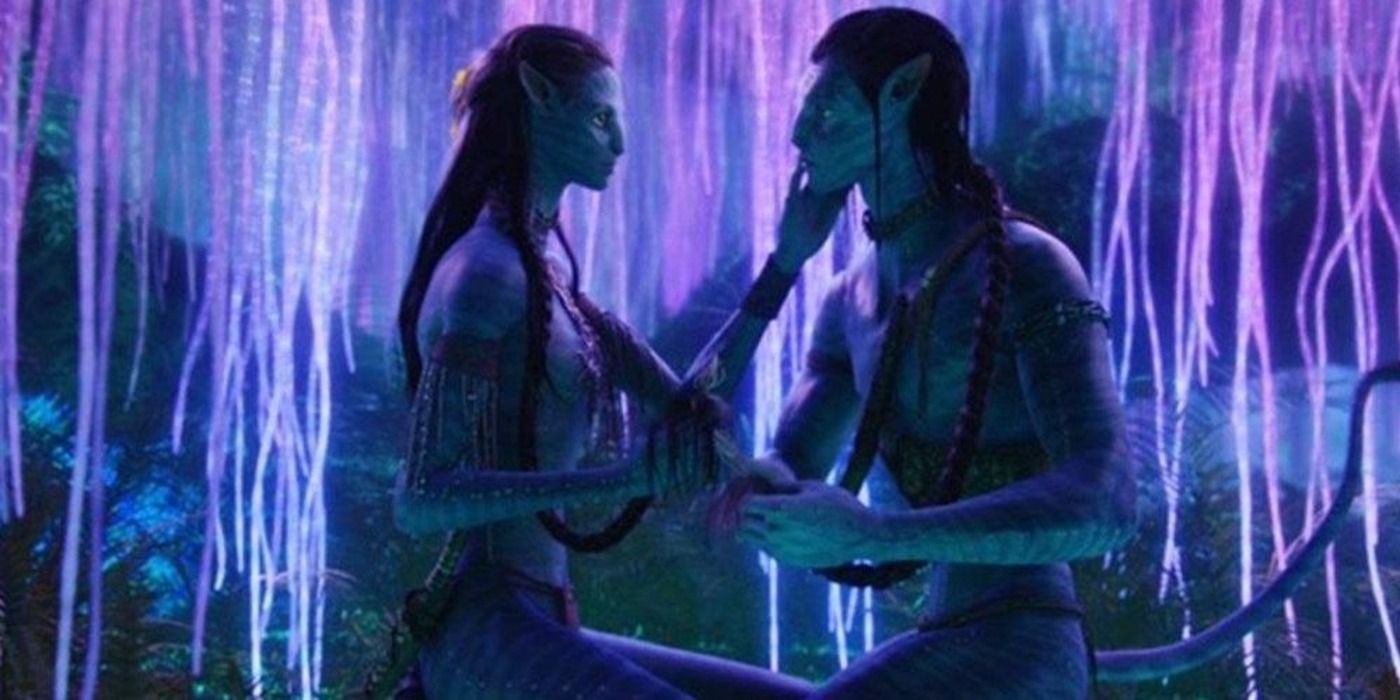
.jpg)
